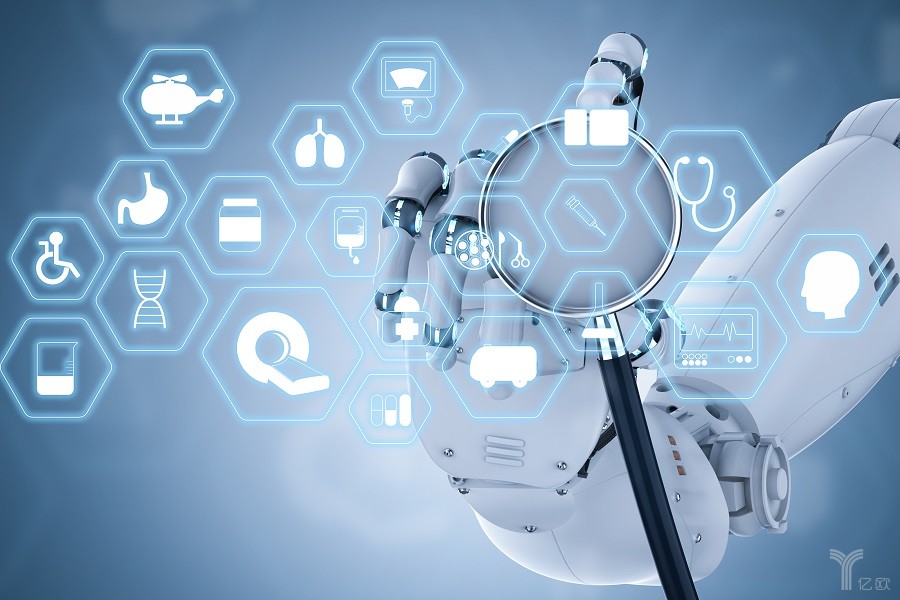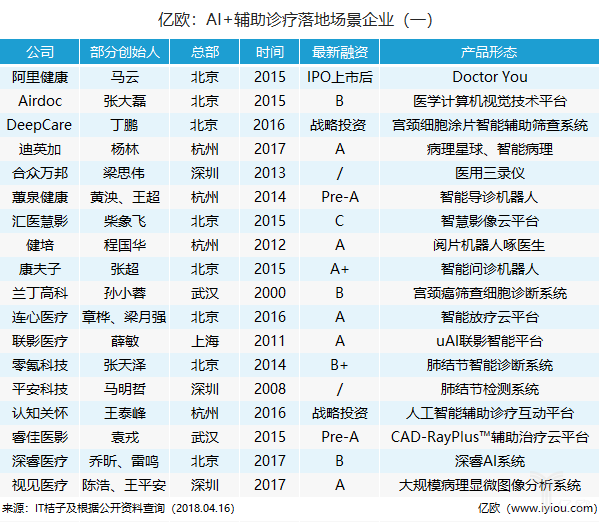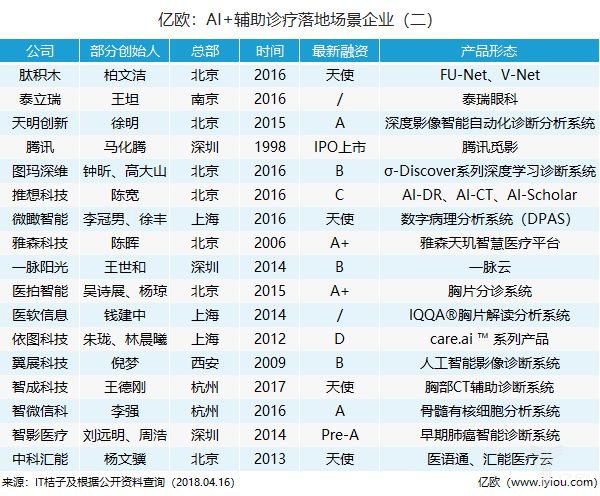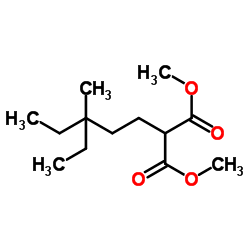
On April 11th, the news that the US FDA approved the listing of IDx-DR was gone, and this news once again made "AI + medical imaging" a focus of public opinion. IDx-DR is a medical device software that uses artificial intelligence to detect retinopathy of diabetic patients. Only the nurse uploads the patient's retina image captured by the retinal camera to the system. IDx-DR can detect diabetic retinopathy by algorithm. The rate is 87% - this is one of the reasons why artificial intelligence is an important application in the medical field.
As we all know, the three cores of artificial intelligence are algorithms, computing power and data. At present, compared with other application scenarios, data has become the key to influence the layout of artificial intelligence in the medical segmentation field. Why are capital and technology stuck in the image scene? This is in turn associated with the three characteristics of the image. The first is the quantity. In the case of China, 80% of medical data comes from medical imaging, and the use of artificial intelligence is inseparable from the accumulation and learning of previous data. At the same time, it is also based on the needs of learning, the diversity of medical images makes accurate algorithms possible. In addition, medical imaging is based on a structured model that ensures the authenticity of the data, and this feedback can more easily help artificial intelligence in this area.
The annual growth rate of medical imaging data in China is about 30%, which is much higher than the annual growth rate of radiologists. The latter only stays at 4.1%. This gap will further stimulate the application of artificial intelligence in the medical field. Compared with the growth of doctors' talents, it is more effective to obtain immediate results in this regard by means of capital and technical investment. Therefore, no matter domestic or foreign, it is not surprising that so many companies and capital are the first to get involved and gather in medical images.
"Artificial Intelligence + Medical Imaging" actually uses the AI ​​algorithm to achieve auxiliary diagnosis and improve medical efficiency and quality. The medical industry has high requirements for speed and efficacy. This is not a matter of choice, but an indispensable existence. We can see that most of the medical problems that exist in the country all the year are from the insufficiency of the above two. According to the White Paper on Medical Artificial Intelligence Technology and Application in 2018, the application of artificial intelligence-assisted diagnostic technology can greatly improve the efficiency of medical institutions and doctors.
In 2016, the State Council issued the “Guiding Opinions on Promoting the Healthy Development of the Pharmaceutical Industryâ€, and the “Opinions†clearly stated that it is necessary to vigorously develop intelligent medical services. In July 2017, the State Council issued the "Notice on the New Generation of Artificial Intelligence Development Plan", setting the goal of "the overall technology and application of artificial intelligence will be synchronized with the world's advanced level by 2020". The positive aspects of the policy, the pain points of demand, also attract the entry of capital. In this context, before the E-Large Health has roughly combed the scenes of artificial intelligence in the medical industry, now there are some companies in the relevant landing scenarios that are not fully summarized for the industry's reference. In this inventory, a total of 35 brief information about enterprises using artificial intelligence in the field of auxiliary medical treatment are collected and sorted according to the pinyin alphabet of the company name. The following are the specific situations of “AI+ auxiliary diagnosis and treatmentâ€:


As can be seen from the compiled table, the establishment time of the AI+ auxiliary medical treatment scene is from 2014 to 2017, with 2016 being the most, with as many as nine. Geographically, AI+ auxiliary medical treatment enterprises are mainly concentrated in Beijing, with a total of 15 companies, accounting for 42.86% (15/35); followed by Shenzhen and Hangzhou, each with 6 accounts, accounting for 17.14% respectively (6 /35); There are 4 in Shanghai, accounting for 11.43% (4/35). In terms of product form, it is mostly represented by systems and platforms that incorporate AI technology, and the products are mainly based on smart reading.
It is worth noting that Shanghai, as a first-tier developed city, does not have an advantage in the number of AI+ auxiliary medical treatment and landing scenarios. But to change the angle, according to the National Bureau of Statistics, the total population of Shanghai reached 24.2 million in 2016, while the hospital has only 350. This mismatch between supply and demand also means the market potential of AI+ medical, especially artificial intelligence, in the field of assisted diagnosis.
Peptone Basic Information
CAS: 73049-73-7
MF: C13H24O4
MW: 244.32726
EINECS: 615-895-9
Mol File: 73049-73-7.mol
Peptone Structure

solubility H2O: 50 mg/mL
form powder
color Dark cream powder
Odor Odorless
PH 6.5-7.5 (2% in H2O)
Water Solubility Soluble in water. Insoluble in alcohol.
Sensitive Moisture Sensitive & Hygroscopic
EPA Substance Registry System Peptones (73049-73-7)
Peptone Water,Peptone Composition,Peptone Water Composition,Peptone Meaning,Peptone Water Preparation
Shandong YingLang Chemical Co.,Ltd , https://www.sdylhgtrade.com